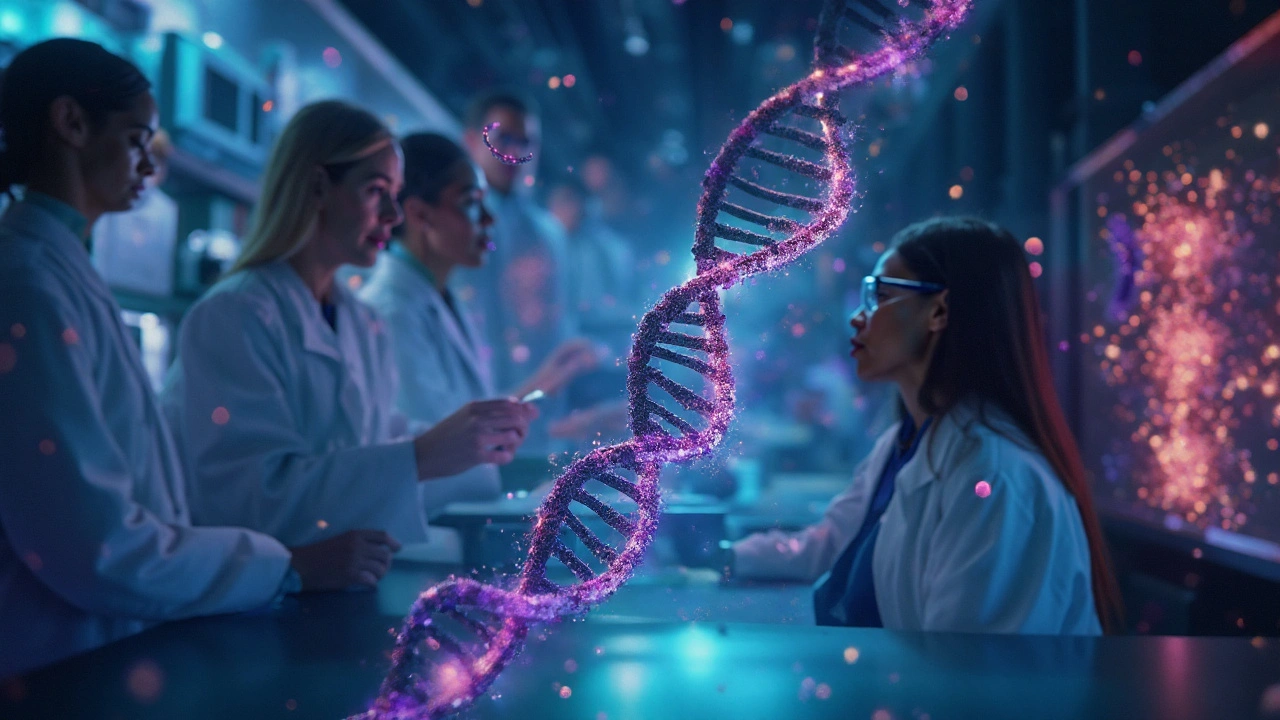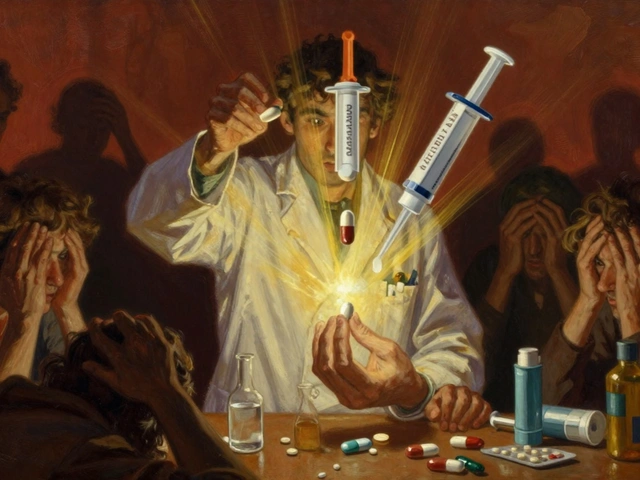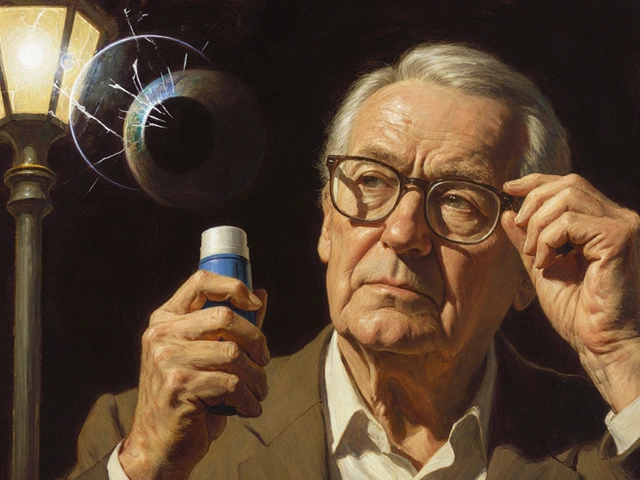Cancer Epigenetics Explained in Simple Words
When you hear "cancer" you think of rogue cells, but there’s another hidden layer: epigenetics. Unlike DNA mutations that change the genetic code, epigenetic changes flip switches that turn genes on or off. In cancer, these switches get stuck, letting harmful genes run wild while silencing protective ones.
How Epigenetic Changes Spark Tumors
Two main tricks drive cancer epigenetics: DNA methylation and histone modification. Methyl groups latch onto DNA, especially at gene‑promoter regions, blocking the cell’s ability to read tumor‑suppressor genes. Histones, the proteins DNA wraps around, can be chemically tagged to tighten or loosen the DNA coil. When histones are overly packed, vital genes stay shut down; when they’re too loose, oncogenes become overactive.
These changes don’t alter the DNA sequence, so they’re reversible. That’s why scientists are excited about epigenetic drugs – they can reset the switches back to normal.
Testing and Treating Cancer Epigenetics
Doctors now use epigenetic biomarkers to guide treatment. A simple blood or tissue test can spot abnormal methylation patterns linked to specific cancers, like lung or colon. Knowing a tumor’s epigenetic profile helps decide if a patient might benefit from hypomethylating agents or histone‑deacetylase (HDAC) inhibitors.
Approved epigenetic drugs include azacitidine and decitabine for certain blood cancers, and vorinostat for cutaneous T‑cell lymphoma. New trials are testing combinations of these drugs with immunotherapy, hoping the epigenetic reset will make tumors more visible to the immune system.
If you’re a patient, ask your oncologist if epigenetic testing is available for your cancer type. Results can open doors to clinical trials that aren’t listed on standard treatment charts.
For clinicians, stay updated on the latest epigenetic panels and their predictive value. Integrating epigenetic data with genetic mutations paints a fuller picture of tumor behavior, leading to more personalized care.
In short, cancer epigenetics adds a crucial piece to the puzzle of why tumors grow and how we can stop them. By watching the switches, testing the patterns, and using drugs that flip them back, we’re moving toward smarter, less toxic cancer treatment.

How Epigenetics Drives Tumor Growth and What It Means for Cancer Treatment
Explore how epigenetic mechanisms like DNA methylation and histone modification fuel tumor growth, affect prognosis, and open new therapeutic doors in cancer care.
Sep 25 2025




